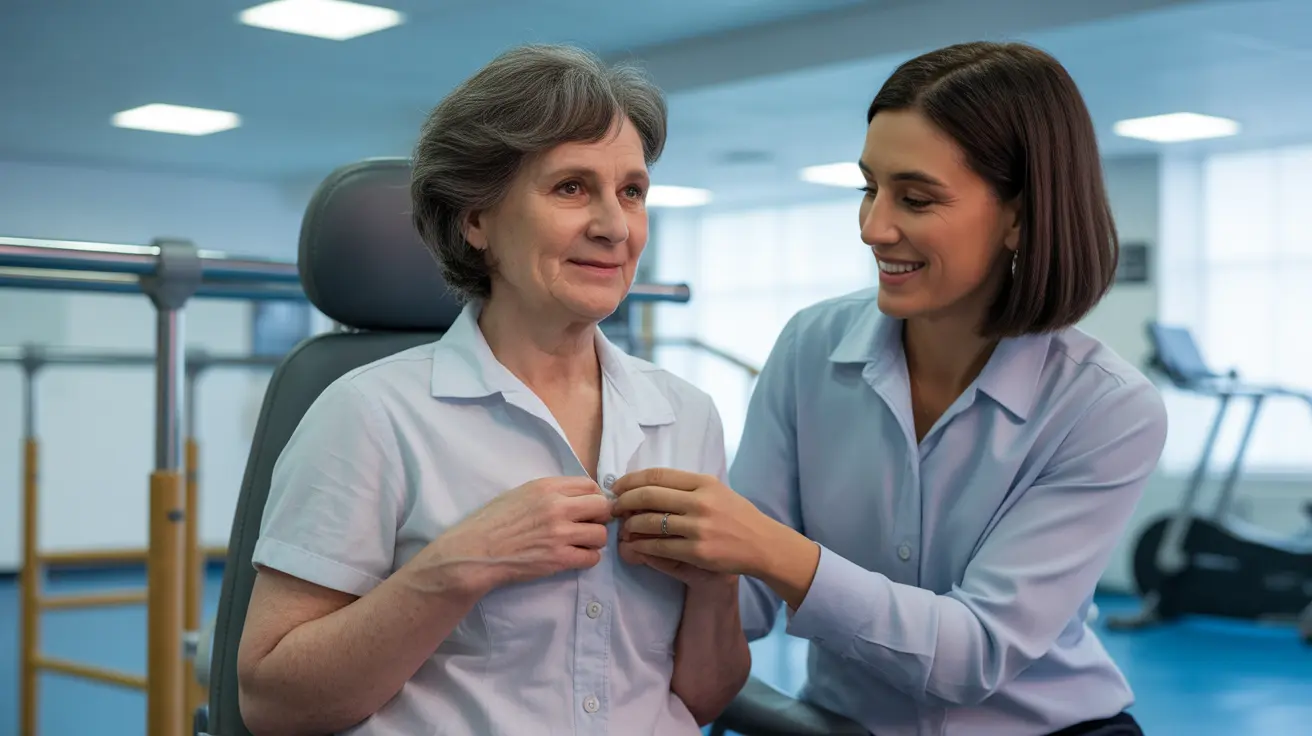When recovering from a stroke, occupational therapy plays a crucial role in helping patients regain independence and return to their daily activities. This specialized form of therapy focuses on helping stroke survivors relearn essential life skills and adapt to any new limitations they may face.
Understanding how occupational therapy works and what to expect can help patients and their families better prepare for the recovery journey ahead. Let's explore the various aspects of occupational therapy for stroke patients and how it contributes to rehabilitation success.
The Role of Occupational Therapy in Stroke Recovery
Occupational therapy for stroke patients focuses on restoring independence in daily activities through targeted exercises, adaptive techniques, and environmental modifications. These interventions are customized to each patient's specific needs and challenges.
Core Components of Stroke Rehabilitation
Occupational therapists work with stroke patients on several key areas:
- Self-care activities (bathing, dressing, grooming)
- Meal preparation and eating
- Home management tasks
- Work-related skills
- Social participation
- Cognitive function improvement
Timing and Duration of Occupational Therapy
Early intervention is crucial for optimal recovery outcomes. Occupational therapy typically begins while the patient is still in the hospital, often within 24-48 hours after the stroke, provided they are medically stable.
The duration of therapy varies significantly among patients, depending on:
- Severity of the stroke
- Areas of the brain affected
- Patient's overall health
- Level of support at home
- Individual recovery goals
Physical vs. Cognitive Rehabilitation
Physical Skills Development
Occupational therapists help patients improve their physical abilities through:
- Fine motor skill exercises
- Hand-eye coordination activities
- Balance and positioning training
- Upper body strengthening
- Movement pattern retraining
Cognitive Function Enhancement
Cognitive rehabilitation focuses on:
- Memory exercises
- Problem-solving activities
- Attention and concentration tasks
- Visual perception training
- Executive function improvement
Home Modifications and Adaptive Equipment
Occupational therapists conduct thorough home assessments to recommend appropriate modifications, which may include:
- Installing grab bars in bathrooms
- Rearranging furniture for better accessibility
- Adding non-slip mats
- Implementing adaptive equipment
- Modifying storage solutions for easier access
Frequently Asked Questions
What daily activities can occupational therapy help stroke patients relearn?
Occupational therapy helps patients relearn essential daily activities including personal hygiene, dressing, cooking, eating, writing, and using electronic devices. Therapists also work on work-related skills and social interaction abilities based on individual needs.
How soon after a stroke should occupational therapy begin, and how long does it usually last?
Occupational therapy typically begins within 24-48 hours after a stroke, once the patient is medically stable. The duration varies significantly, ranging from a few weeks to several months or longer, depending on the severity of the stroke and individual recovery goals.
What are the main differences between occupational therapy and physical therapy for stroke recovery?
While physical therapy focuses primarily on improving strength, mobility, and large motor movements, occupational therapy concentrates on helping patients perform daily activities and regain independence through practical skill development and adaptive techniques.
How does occupational therapy improve both physical and cognitive functions after a stroke?
Occupational therapy uses targeted exercises and activities to improve physical abilities like fine motor skills and coordination, while simultaneously addressing cognitive functions through memory exercises, problem-solving tasks, and attention training activities.
What types of home or environment modifications might an occupational therapist recommend for stroke survivors?
Occupational therapists may recommend installing grab bars, rearranging furniture for better accessibility, adding non-slip surfaces, implementing adaptive equipment, and modifying storage solutions to enhance safety and independence at home.




